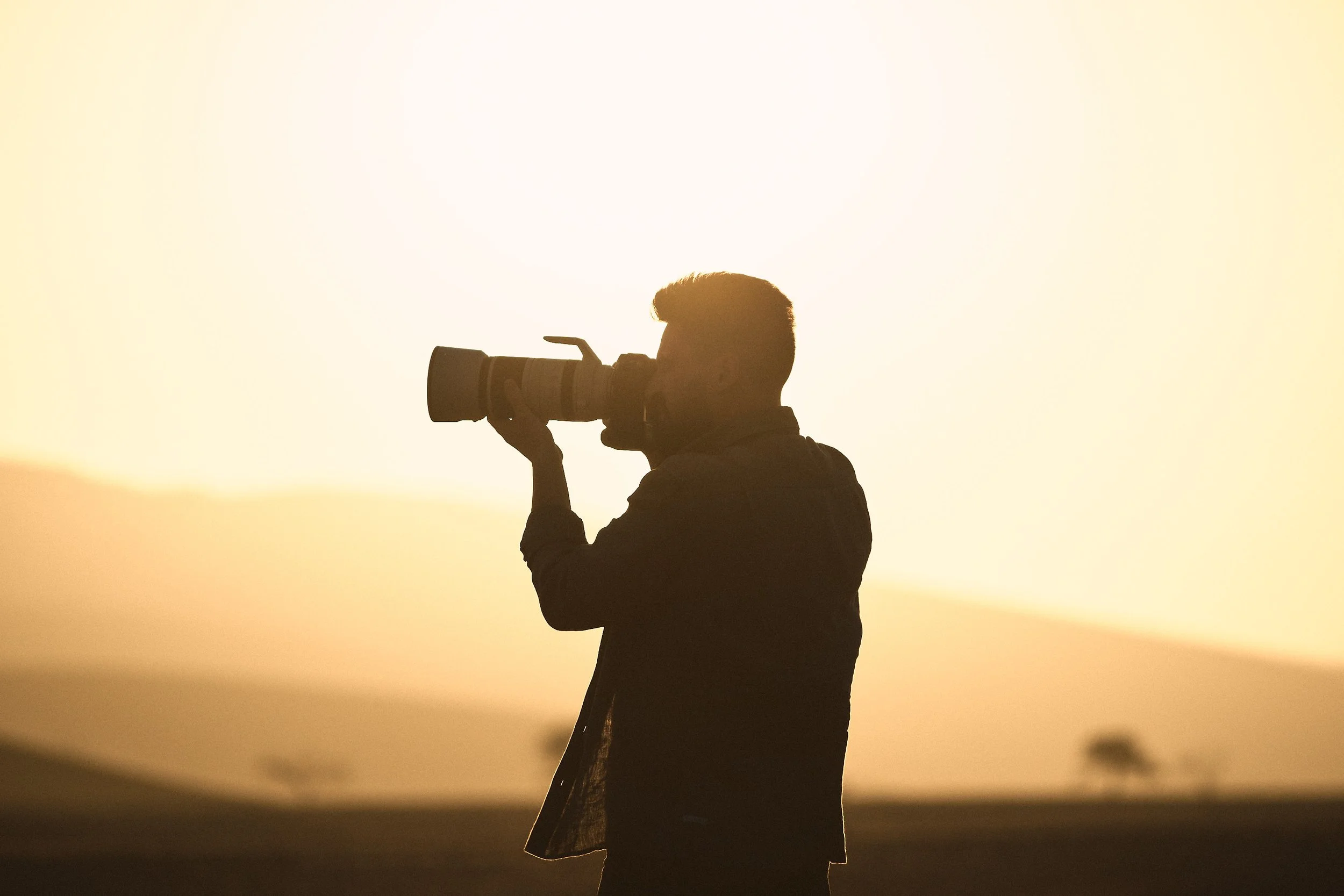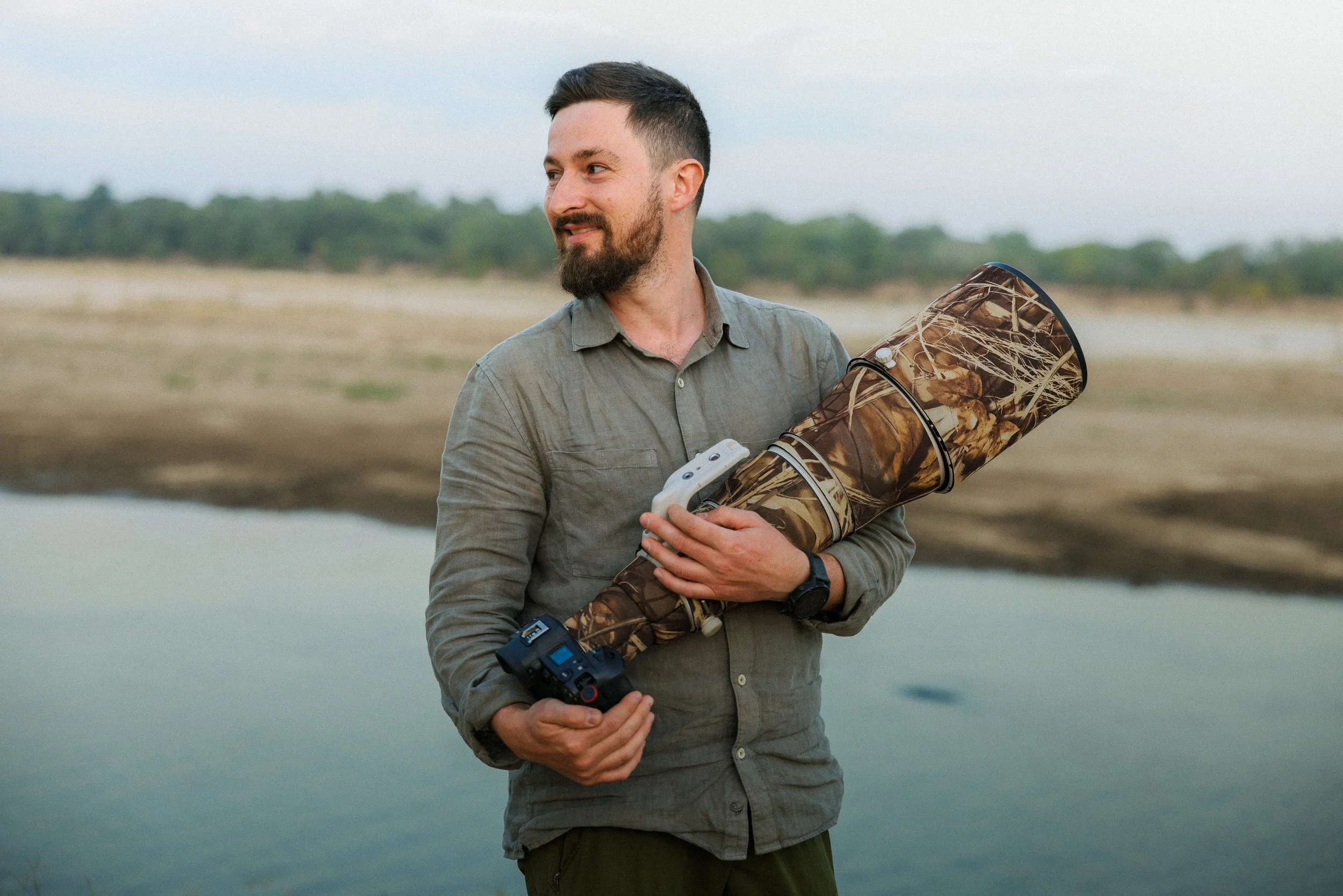How I Set Up My Custom Camera Modes for Wildlife Photography
Missing a perfect wildlife shot because of slow settings changes is something every photographer has experienced. Whether it's a cheetah bursting into action or a bird suddenly taking flight, you’ve got just seconds—or less—to respond.
That's where custom camera modes come in.
In this post, I’ll show you exactly how I use C1, C2, and C3 on my Canon bodies (and equivalent modes on Sony and Nikon), with real-world setups I rely on daily in the field. From fast action to low-light scenarios, these presets let me instantly switch between configurations—no menu diving, no stress.
🎒 And if you’re prepping for your next safari or just want to improve your shooting workflow, don’t forget to grab my free 100-page wildlife photography eBook—it’s packed with gear tips, settings guidance, and field-tested tricks.
Why Custom Modes Matter for Wildlife Photography
Custom modes are preset shooting configurations you can assign to your mode dial. On Canon, they’re labeled C1, C2, and C3. Nikon has U1 and U2, and Sony offers MR (Memory Recall) modes.
Once set up, these modes allow you to instantly apply a full suite of settings—shutter speed, aperture, ISO, AF mode, drive mode, and more—with just one twist of the dial. This is especially useful when:
Lighting conditions change rapidly
You’re shifting between stills and action sequences
You need to react without thinking
In fast-moving wildlife scenarios, this could be the difference between nailing a shot… or watching it vanish.
My Wildlife Photography Custom Mode Setups
Here’s how I personally configure my three core modes on my Canon R5 and R3:
🔧 C1 – General-Purpose Setup
This is my default shooting configuration—what I use for 80% of situations when I don’t need anything too specialized.
Mode: Manual
Aperture: f/2.8 (wide open for low light and subject separation)
Shutter Speed: 1/1000 sec
ISO: Auto
AF Mode: Servo with Subject Tracking
Drive Mode: High-speed continuous
It’s a balanced, flexible setup that lets me adapt on the fly. I pair this with back-button autofocus, so I can switch between tracking and single-point focus quickly depending on the moment.
🔧 Need help setting that up? Check out my guide to AF-ON customization here.
🔧 C2 – Fast-Action Setup
When I know I’m going into a high-speed situation—like birds in flight, predators chasing prey, or suddenly active herds—I switch to C2.
Mode: Manual
Aperture: f/2.8
Shutter Speed: 1/4000 sec
ISO: Auto
AF Mode: Servo with AF Expand Area
Drive Mode: High-speed burst
This setup freezes motion while the expanded AF area helps keep erratic subjects in focus, even if they’re moving unpredictably across the frame.
🔧 C3 – Low-Light Setup
For early mornings, twilight, shaded forests, or even overcast conditions, I rely on C3.
Mode: Manual
Aperture: f/2.8
Shutter Speed: 1/150 sec
ISO: 6400
AF Mode: One Shot with Single AF Point
🔧 Struggling with low light photography? Check out this video!
Why switch to One Shot? Because in low light, Servo AF tends to hunt or miss focus entirely. A single AF point locks on more reliably—especially for animals holding still or moving slowly.
This mode keeps my files clean and sharp even when light is scarce.
How to Set Up Custom Modes on Your Camera
Setting these up is simple. Here’s how to do it on most Canon cameras:
Set your camera to Manual or your preferred exposure mode
Adjust all settings exactly as you’d want them for that preset
Go to Menu → Custom shooting mode → Register settings
Choose C1, C2, or C3
Done!
On Sony, head to the MR (Memory Recall) menu. Nikon users should look for Save User Settings and assign them to U1/U2.
You can overwrite or update these settings anytime—so don’t worry about experimenting.
Why This Changes Everything in the Field
On safari, I might go from tracking a resting elephant in flat light to a hunting lion in golden hour—within minutes. Fumbling through the menu to change AF, shutter speed, and ISO? Not an option.
Using custom modes has allowed me to capture moments I would’ve missed before. These modes are an essential part of my gear now—just as important as my lenses.
If you haven’t set yours up yet, do it today. Your future self (and portfolio) will thank you.















Which Canon wildlife lens is right for you? In this hands-on comparison, I break down the pros, cons, and real-world performance of the RF 100–500mm, 100–300mm f/2.8, and 600mm f/4 — so you can choose the right tool for your photography.